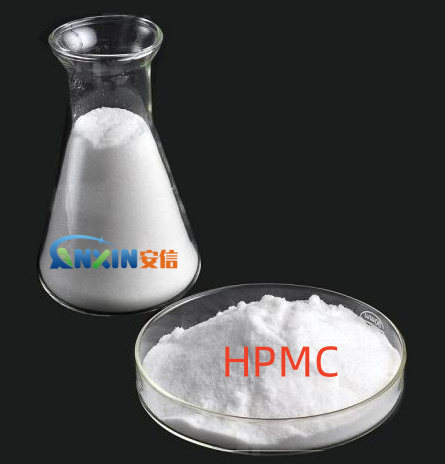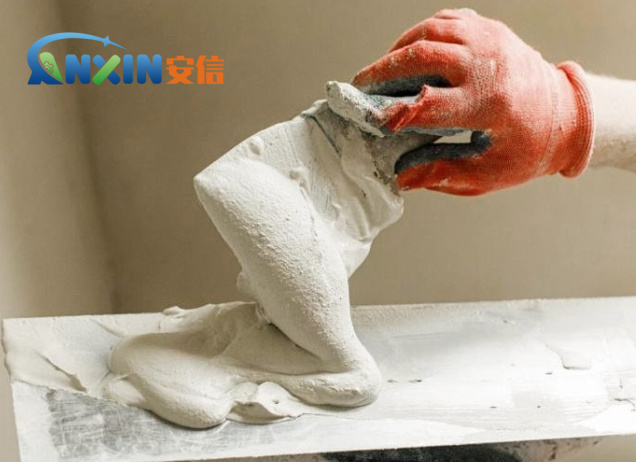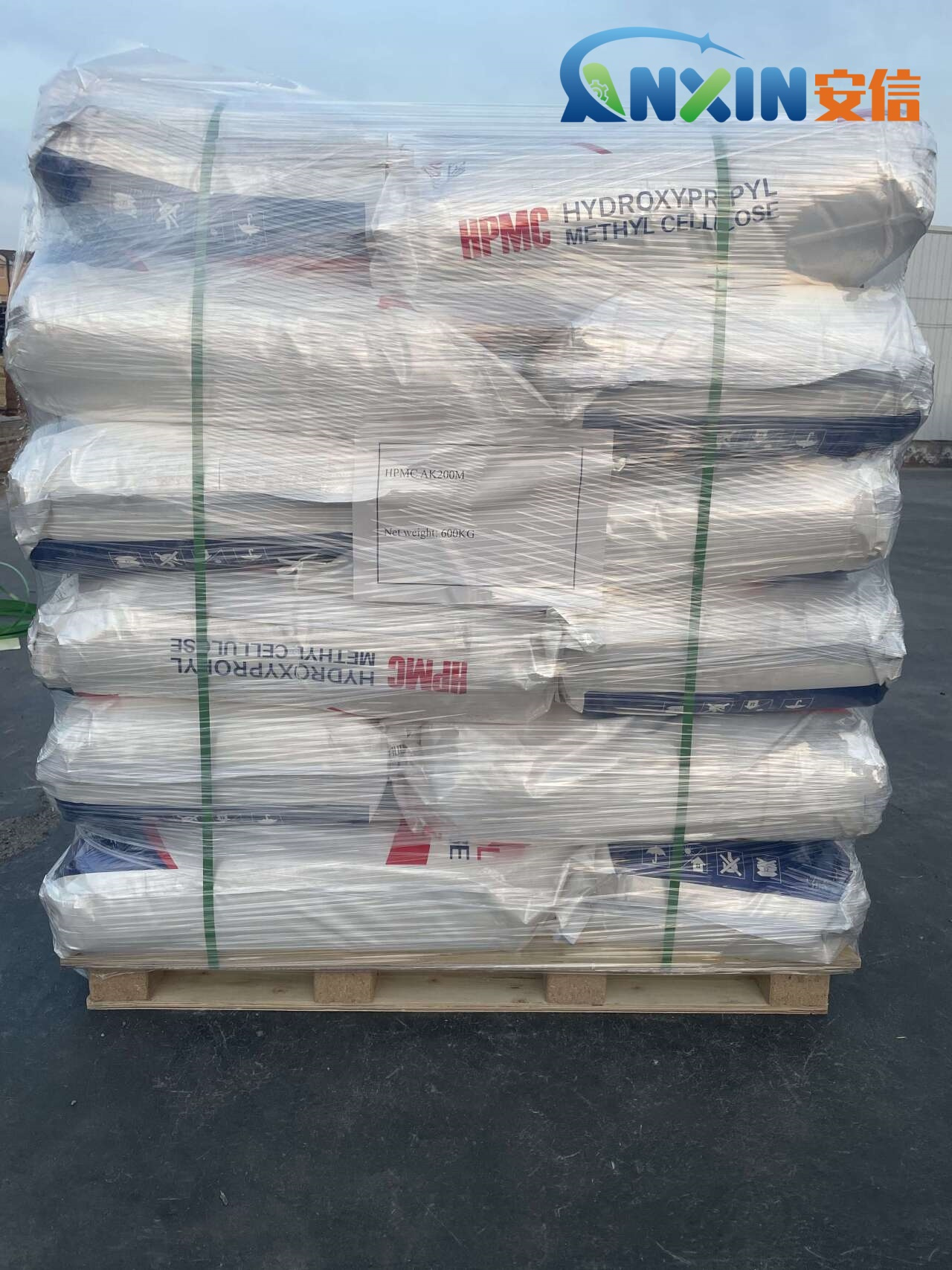Hydroxypropyl Methylcellulose (HPMC) is a non-ionic cellulose ether. Due to its excellent physical and chemical properties, it is widely used in building materials, especially as an important additive in gypsum-based materials. The application of HPMC in gypsum binder is mainly reflected in improving construction performance, enhancing adhesion, extending open time, adjusting water retention and improving the overall performance of materials.

1. Improve construction performance
In gypsum-based binders such as gypsum mortar or gypsum putty, the addition of HPMC significantly improves the workability of the material. Its excellent lubricity and plasticity make the mixed gypsum material have better fluidity and easy application. HPMC can be evenly dispersed during the mixing process, wrapping solid particles, making the mortar as a whole have better uniformity and workability, making it more convenient for construction personnel to operate, and improving construction efficiency and construction quality.
2. Enhance water retention
HPMC has a strong ability to absorb and hold water, which is one of its most significant characteristics. In gypsum materials, water retention is a key indicator that affects the hardening speed and strength development. Since the hardening of gypsum depends on the hydration reaction, if the water evaporates prematurely before the reaction or is absorbed by the base layer, the gypsum will not be completely hydrated, resulting in problems such as powdering and cracking. HPMC forms a layer of viscoelastic film to wrap the water, effectively delay the loss of water, ensure the integrity of the hydration reaction of gypsum, and thus improve the density and durability of the finished product.
3. Extend the open time and adjust the setting time
HPMC also has a regulating effect on the setting time of gypsum. By controlling its addition amount, the setting speed of gypsum can be delayed, giving construction workers more sufficient operation time, which is particularly suitable for large-area plastering and coating of complex structures. Extending the open time means that the material will not lose water and crack quickly during construction, which helps to improve the consistency and decorative effect of the finished product. At the same time, it is also conducive to the control of mechanized construction processes and improves construction efficiency.

4. Improve bonding strength
HPMC has good film-forming properties. The organic polymer film structure formed during the hardening process of gypsum can improve the interfacial bonding between it and the substrate. This film not only enhances the bonding between the various phases inside the material, but also effectively improves the adhesion between the gypsum mortar and the base layer (such as brick walls, concrete, etc.), thereby reducing construction quality problems such as shelling and hollowing. Especially when applied to the putty layer, HPMC can improve its adhesion performance and make it more stable and reliable.
5. Anti-slip performance
During vertical wall construction, especially in tile adhesives or gypsum plaster layers, the addition of HPMC significantly enhances the anti-slip ability of the material. Because it increases the thixotropy of the slurry, that is, it has good fluidity under stirring and strong viscosity under static conditions, it can effectively support the stable adhesion of the material on the wall and prevent the material from slipping. This is a very important performance guarantee for wall scraping and caulking operations.
6. Improve crack resistance and durability
Due to the effective control of water by HPMC, the hydration reaction of gypsum is more sufficient during the hardening process, thereby generating more crystalline hydration products and enhancing the density of the structure. The polymer network structure formed by HPMC helps to relieve the internal stress caused by shrinkage or thermal expansion and contraction, reduce the risk of cracking, and improve the overall stability of the finished product. At the same time, it has a certain flexibility, which improves the impact resistance and crack resistance of gypsum products.
7. Adapt to a variety of gypsum systems
HPMC can be widely used in a variety of gypsum products, including β gypsum, α gypsum, desulfurized gypsum, etc., and shows good compatibility and stability in different systems. It also has a good coordination effect on different aggregates and additives, which can help formulation engineers adjust product performance according to actual application needs and realize customized development.

As an efficient functional additive, HPMC plays a multi-faceted positive role in gypsum binders. It not only improves the physical properties of gypsum, such as workability, water retention, adhesion, etc., but also effectively improves the service life and overall quality of gypsum products. With the in-depth promotion of green building materials and energy-saving and environmental protection concepts, HPMC will play a more important role in the field of gypsum products and dry-mixed mortar in the future, and is one of the indispensable key additives for modern building materials.
Post time: May-20-2025